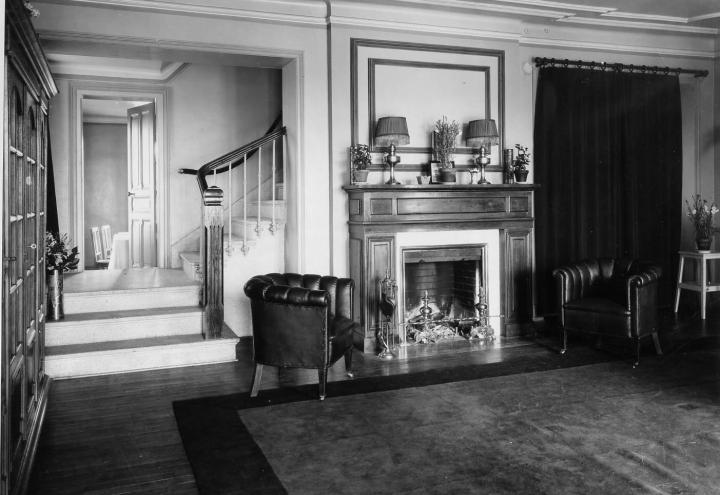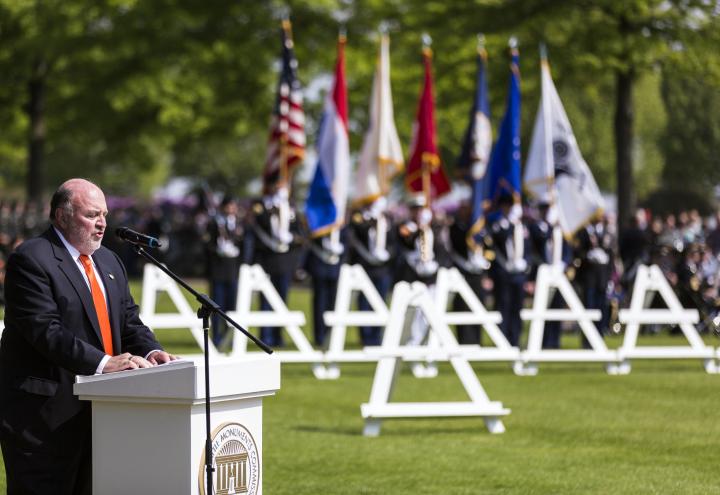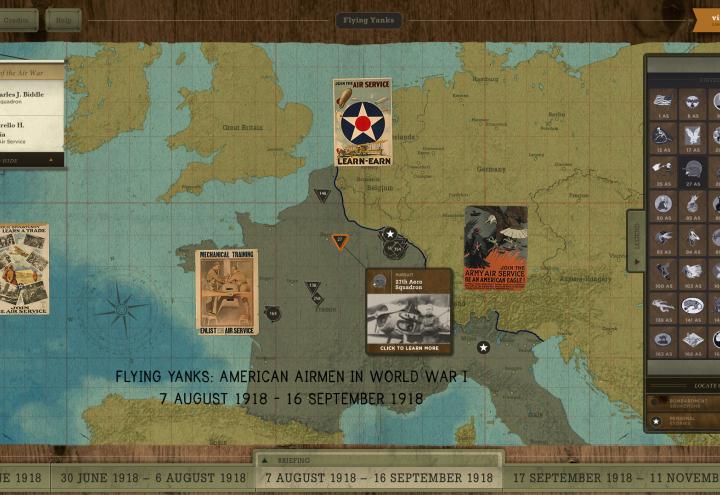
On September 26, 1918 American forces began fighting in what would become known as the Meuse-Argonne Offensive of World War I. This 47-day battle would prove to be one of the most significant in American history.

ABMC manages 27 monuments, memorials and markers around the globe, each necessitating its own unique maintenance plan to ensure these sites continue to meet the standards set by the agency. While some markers are modest in size, constituting no more than a few square feet, others, such as the Wo
Today National History Day (NHD) announced the 18 middle and high school educators selected to participate in Understanding Sacrifice.

Parking restrictions are in place at North Africa American Cemetery. Visitors are invited to park outside the cemetery. The main gate is closed during operating hours, and visitors must access the site via the pedestrian gate.

ABMC has determined that the Commission has sufficient prior year funds to continue operating in the event of a U.S. Government shutdown this week.
ABMC manages 27 monuments, memorials and markers around the globe, each necessitating its own unique, maintenance plan to ensure these sites continue to meet the standards set by the agency.

In September 1944, about eight months prior to the end of World War II, Allied forces began liberating southern portions of the Netherlands to include the town of Margraten, where the Netherlands American Cemetery exists today.

During the Ypres-Lys Campaign of World War I, four American divisions fought alongside their Allied counterparts in Belgium and northeastern France, providing critical reinforcements to war-weary armies that had been fighting for four long years.

World War I saw the introduction of technologies and methods of warfare never experienced before. No developments proved more revolutionary than those related to air power. Reconnaissance, artillery coordination, bombardments and direct fire support came from the air as well as the ground.
